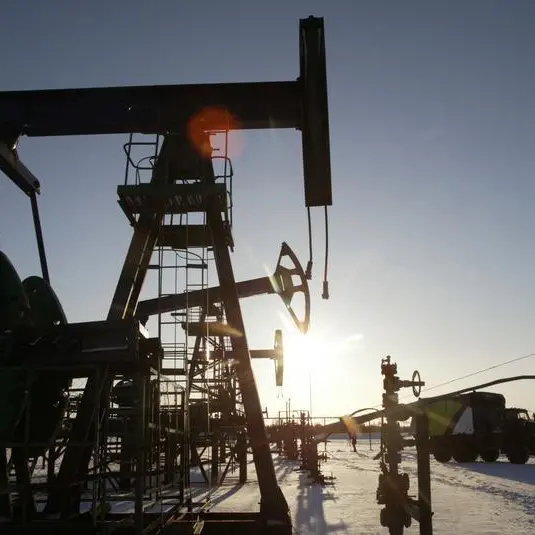PHOTO
NEW YORK - Oil prices rose more than 2% on Friday and posted weekly gains of over 8%, as Russia announced plans to reduce oil production next month after the West imposed price caps on the country's crude and fuel.
Brent crude futures rose to settle at $1.89, or 2.2%, to $86.39 a barrel. U.S. West Texas Intermediate crude futures (WTI) were up $1.66, or 2.1%, at $79.72.
Brent posted a weekly gain of 8.1%, while WTI gained 8.6%.
Russia plans to reduce its crude oil production in March by 500,000 barrels per day (bpd), or about 5% of output, Deputy Prime Minister Alexander Novak said.
Western nations have imposed restrictions, trying to choke off Russia's oil revenues in response to the country's actions in Ukraine. The production cut indicates that the European Union's recent price cap and ban on Russian oil products, which came into effect on Feb. 5, have had some impact.
“Most analysts have already penciled in Russian production falling by 700,000-900,000 in 2023," said Rebecca Babin, senior energy trader at CIBC Private Wealth U.S. "The key for crude to break out of its current trading range is Chinese demand recovery."
Russia's output last year defied predictions of a decline, but its oil sales will prove more difficult in the face of the new sanctions.
OPEC+ plans no action after Russia announced oil output cuts, two OPEC+ delegates told Reuters.
"In the very short-term, (Russia's output cut) doesn't mean very much as there's significant refinery maintenance schedule dampening demand today, but as we go forward and world oil demand continues to recover, it increases the supply deficit," said Andrew Lipow, president of consultants Lipow Oil Associates.
Economic concerns still pressured prices, with weak demand data from China and recession fears in the United States. Also limiting gains were a rise in weekly U.S. jobless claims and higher oil inventories.
Goldman Sachs lowered its Brent 2023 price forecast to $92 a barrel from $98 and its 2024 price forecast to $100 from $105.
OPEC country officials told Reuters that oil may resume its rally in 2023 as Chinese demand recovers after COVID curbs were scrapped and lack of investment limits growth in supply, with a growing number seeing a possible return to $100 a barrel.
In U.S. supply, energy firms cut the number of natural gas rigs by the most in a week since October 2017, while adding the most oil rigs in a week since June, energy services firm Baker Hughes Co said.
The total oil and gas rig count, an early indicator of future output, rose two to 761 in the week to Feb. 10.
The U.S. Commodity Futures Trading Commission (CFTC) will again postpone publication of a weekly Commitments of Traders report due on Friday after a ransomware attack on a unit of ION Markets, the agency said in a statement.
(Reporting by Stephanie Kelly; additional reporting by Rowena Edwards in London, Sonali Paul in Melbourne and Trixie Yap in Singapore; Editing by Marguerita Choy and David Gregorio)





















